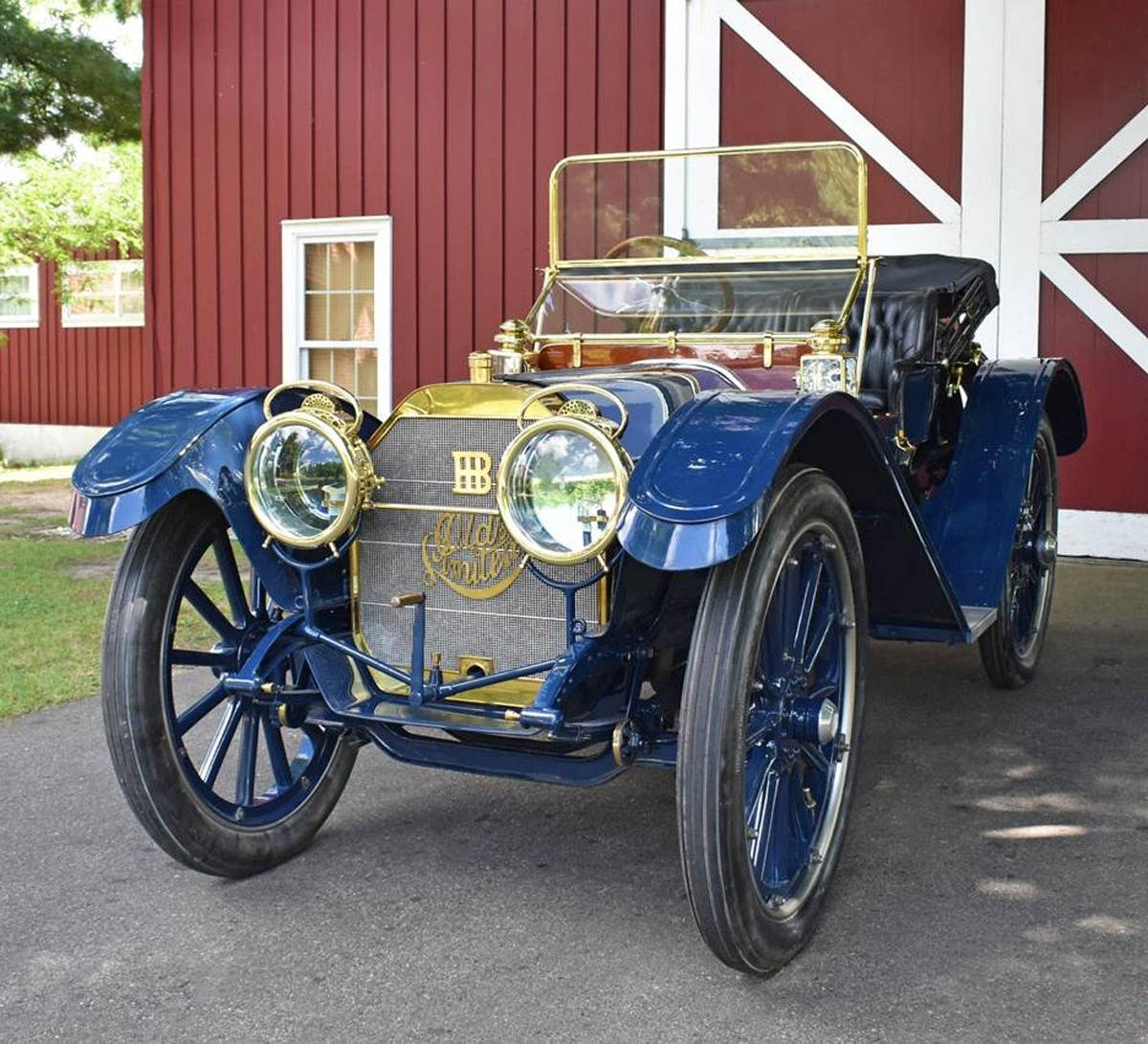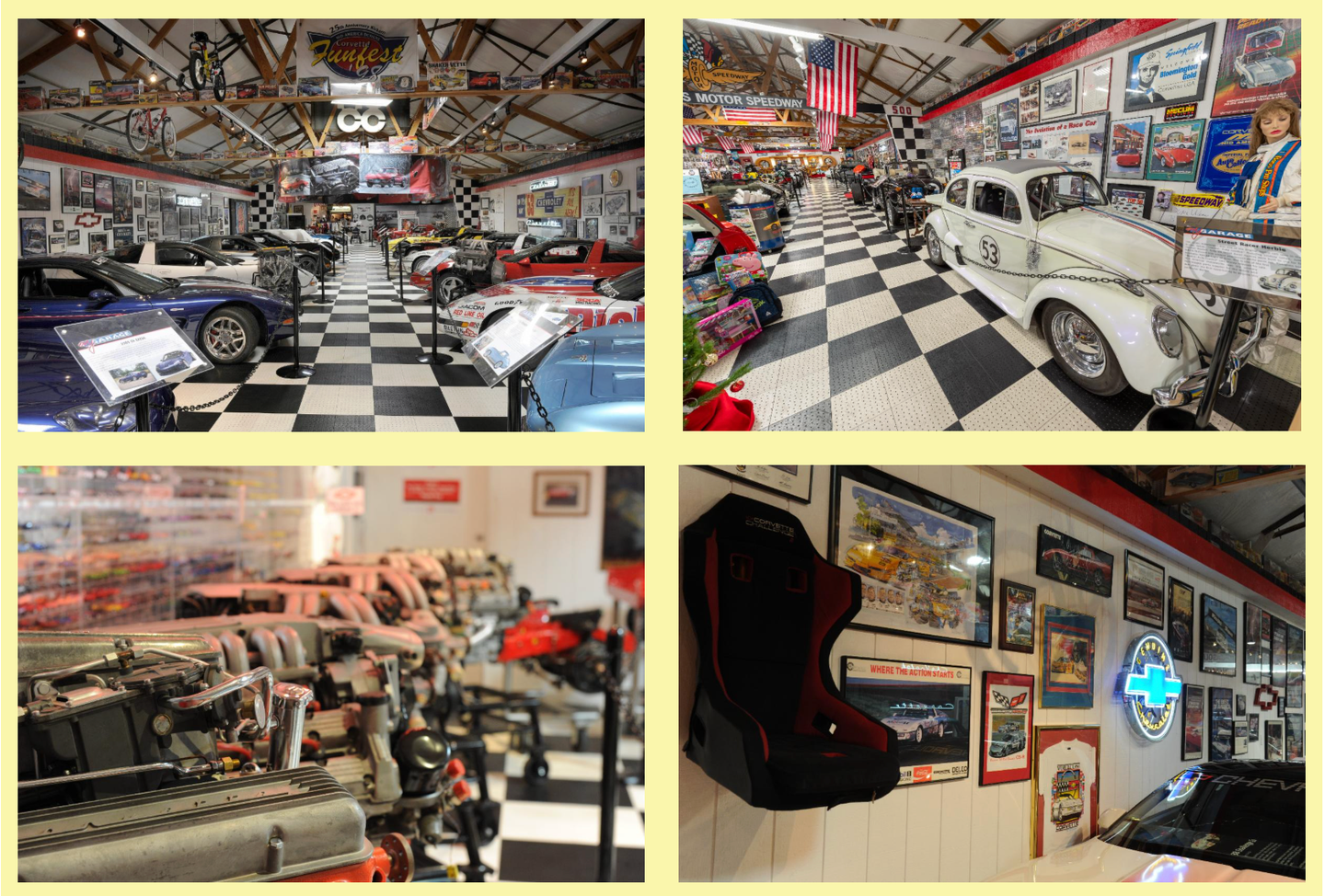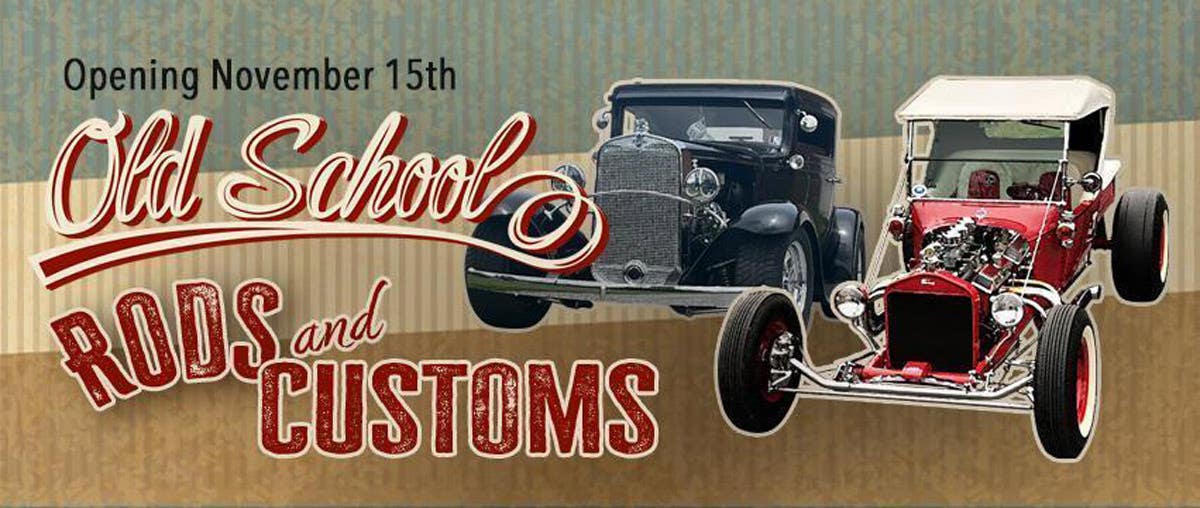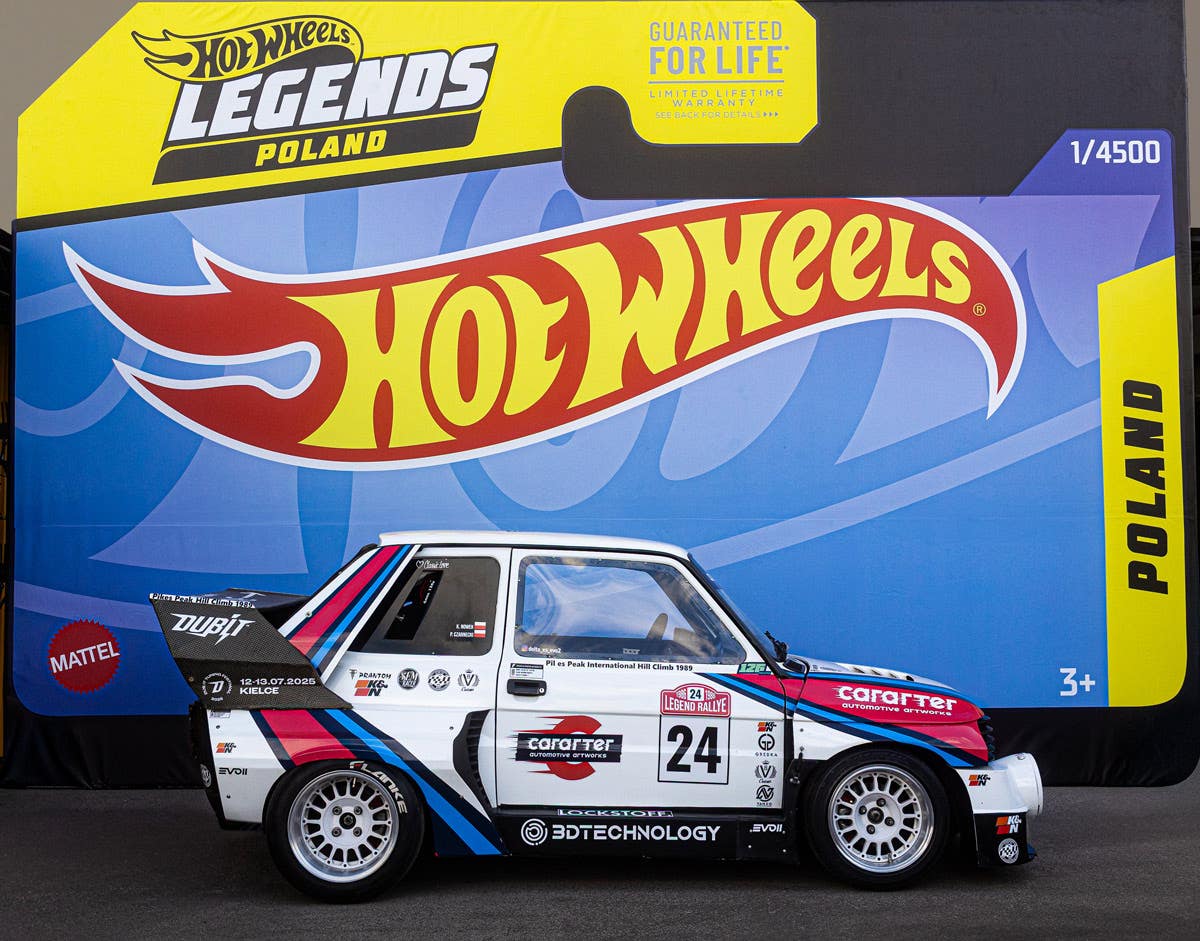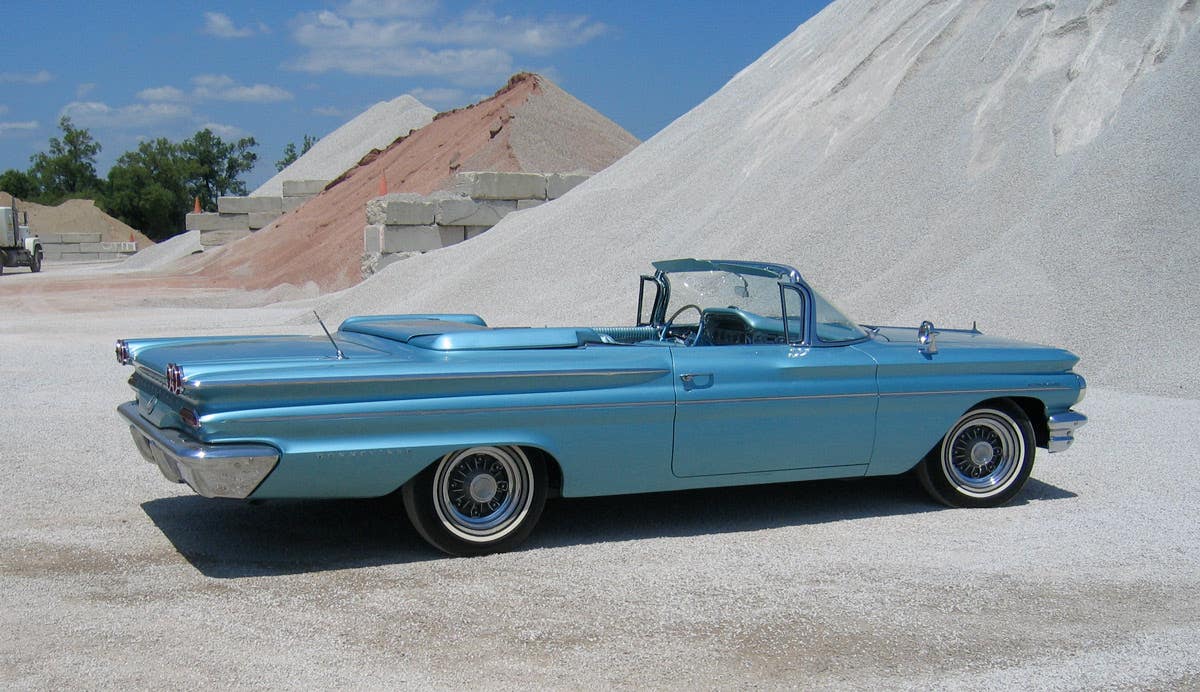Cars, trucks and more await visitors to the Canadian Transportation Museum
Editor Input Needed
Situated only 25 minutes from downtown Detroit is one of the finest collections of antique, classic and collectible cars in the province of Ontario, Canada. Some of the cars represent makes or marques most Americans have never seen or even heard of before, because the museum and the cars are Canadian.
Established in 1978, the Canadian Transportation Museum is a smaller version of the Henry Ford Museum in Dearborn, Mich. Today, the ultra-modern 25,000-square-foot main building in Essex, Ontario, boasts one of the largest collections of wheeled history in Canada.
You marvel at the mechanical simplicity of a 1904 Ford Model C, or stand in awe at the oldest internal-combustion engine Canadian car, the 1893 Shamrock, the horse-drawn Red River cart or a lethal-looking Dodge Viper. This museum has it all. There are cars from the "brass era" and every decade after, including police cars, rumrunners, race cars, hot rods, ambulances and taxicabs.
The museum isn't all about automobiles, however. There are thoroughly enjoyable collections of farm tractors, pickup trucks and other commercial vehicles, motorcycles and antique bicycles, too. The museum is home to a genuine Canadian Pacific Railway caboose. Together, the collections represent the finest of the 20th century on wheels that the Dominion of Canada had to offer.
The guided tours are informative and entertaining. Carefully arranged exhibits start with horse-drawn wagons and move through more than 100 years of transportation time. Knowledgeable professionals draw on a virtual Niagara of knowledge and enhance each tour with wit and humor. A personally guided tour through this artfully arranged time capsule is not to be missed, and the knowledge shared is a welcome bonus that only adds to the enjoyment of the visit.
The museum pays homage to the drive-in restaurant era as it remembers the Hi Ho chain of fast food eateries first established in Windsor, Ontario, in 1937. The Canadian restaurant chain is immortalized in the form of an honest-to-goodness real eat-in '50s diner where patrons are invited to take a load off their feet and chow down on some gosh-darn good burgers, French fries and all the good fixin's that go with them, including shakes and malts.
Having said all this, there is much more to this place than the Canadian Transportation Museum. It shares the grounds with the Historic Village. This pioneer settlement is spread over 100 acres of lush green countryside and contains more than 20 significant buildings from the 1700s to the 1920s. Each and every one is a jewel in its own right and was painstakingly moved here to preserve it from being destroyed by the relentless march of progress. The Historic Village is an oasis in time that gently takes you back to a way of life that we haven't seen for 150 years.
As you stroll down shady paths and sidewalks, the "Union Jack" flies throughout the village, a reminder that Canada was a loyal British colony and still retains ties to the Commonwealth. The flavor of the village is different from what Americans expect in a pioneer settlement. Visit a general store from the 1840s, a service station from the 1920s and His Majesty's Royal Canadian Gaol (jail) from the 1840s. See an old-time barbershop complete with instruments for bloodletting, or visit the one-room schoolhouse erected during the reign of King Edward VII. There are log cabins ' even a slave's cabin ' from the time before slavery was outlawed in Ontario in 1803. You can catch a train at the turn-of-the-20th-century train station or even try your hand at pitching hay in an old-fashioned barn.
The buildings at the Historic Village are not just for show. If you're lucky, you'll catch a wedding. Scores of couples tie the knot every year at the white non-denominational chapel ' once a Methodist church back in the 1880s. The modern reception hall, located in the museum, seats 200 comfortably.
This is not just a place for adults, either. The creators of the museum and the village have carefully geared their exhibits to meet a child's understanding. There are special tours for kids in grades two, three and six, all of which demonstrate and illustrate firsthand the history being taught in the classroom.
The Canadian Transportation Museum is open year-round. It plays host to tours, luncheons, parties, car shows, car part flea markets and antique auto auctions, to name but a few of the events. It is also host to an annual historical lecture series and murder-mystery theatre dinners in which everyone participates. This year, the Durant Motors Automobile Club will hold its national meet on the manicured lawns.
Admission to the museum is $3. To visit the Historic Village is $4. Tour both for $6. The village is closed during the winter months. For more information, go to www.ctmvh.com, or call 519-776-6909.



